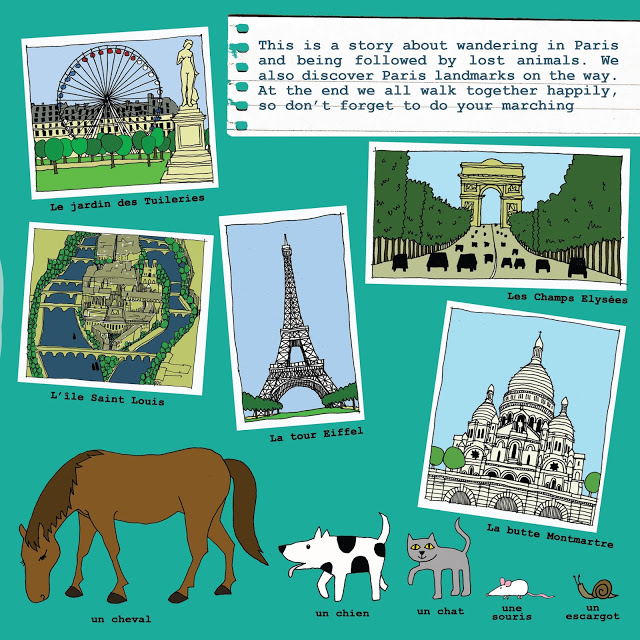Embrace your creativity and nurture your artistic talents with a relaxing and inspiring Creative Spa Day, set deep in the beautiful Cotswold countryside.
You’ll enjoy our two fun and informal workshops - making your own silver ring or pendant and lino printing a word or initials – plus a fabulous home cooked, two course lunch. It’s the perfect way to relax alone or with friends and indulge in some creative self-care!
Upon arrival you’ll be welcomed with tea, coffee and homemade biscuits and have a chance to meet the other participants in the beautiful surroundings of Jenner’s Barn - the relaxed and tranquil setting for our day. The barn is set just outside the lovely little village of Whelford in Gloucestershire. There’s ample parking adjacent to the venue and plenty of room for four legged friends to run around outside at lunchtime so of course you’re very welcome to bring them along too!
In the first session, led by Elin Horgan, you’ll carve your own ring or pendant design in wax which will then be sent away to be cast in silver. You'll find out more about the lost wax process and learn different techniques for creating effects and textures using a range of simple tools. Once cast, your piece will be finished according to your specifications and sent back to you, beautifully packaged in a gift box.
Over lunch, we’ll enjoy a delicious, locally sourced two-course lunch and you will have the chance to take a peaceful stroll along the nearby River Coln should you so wish.
After lunch you’ll be working with multi media artist Ruth Broadway to create a lino print based on a word or a series of letters that are significant to you. No previous experience is needed as our expert tutors will guide you through the whole process from start to finish.






































